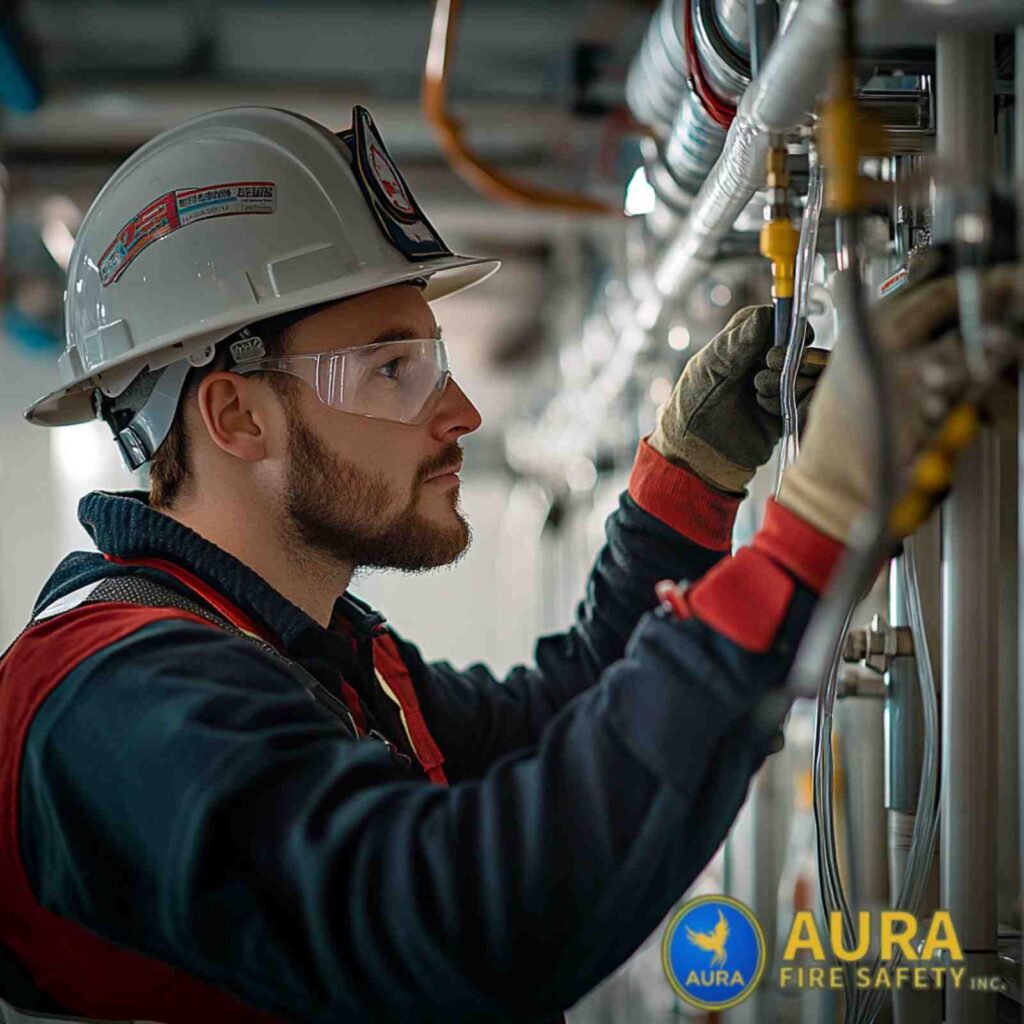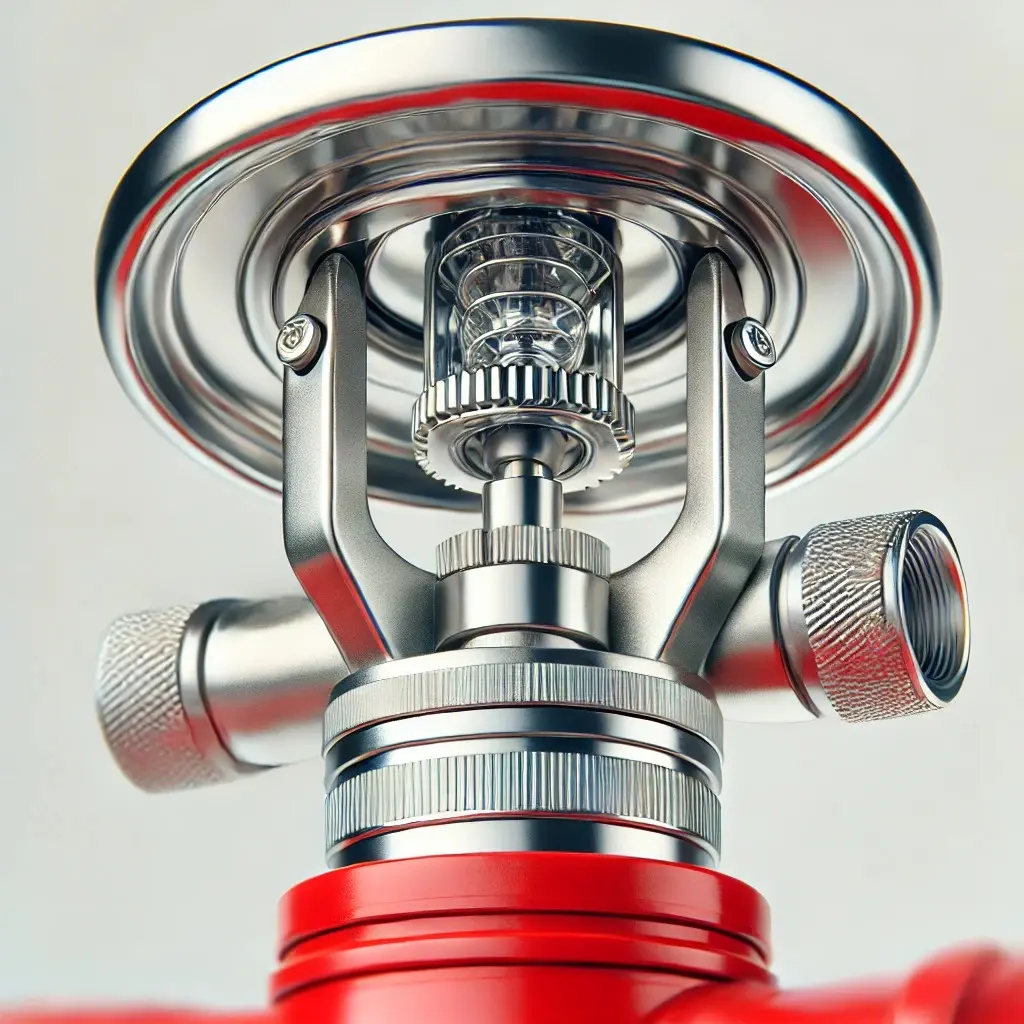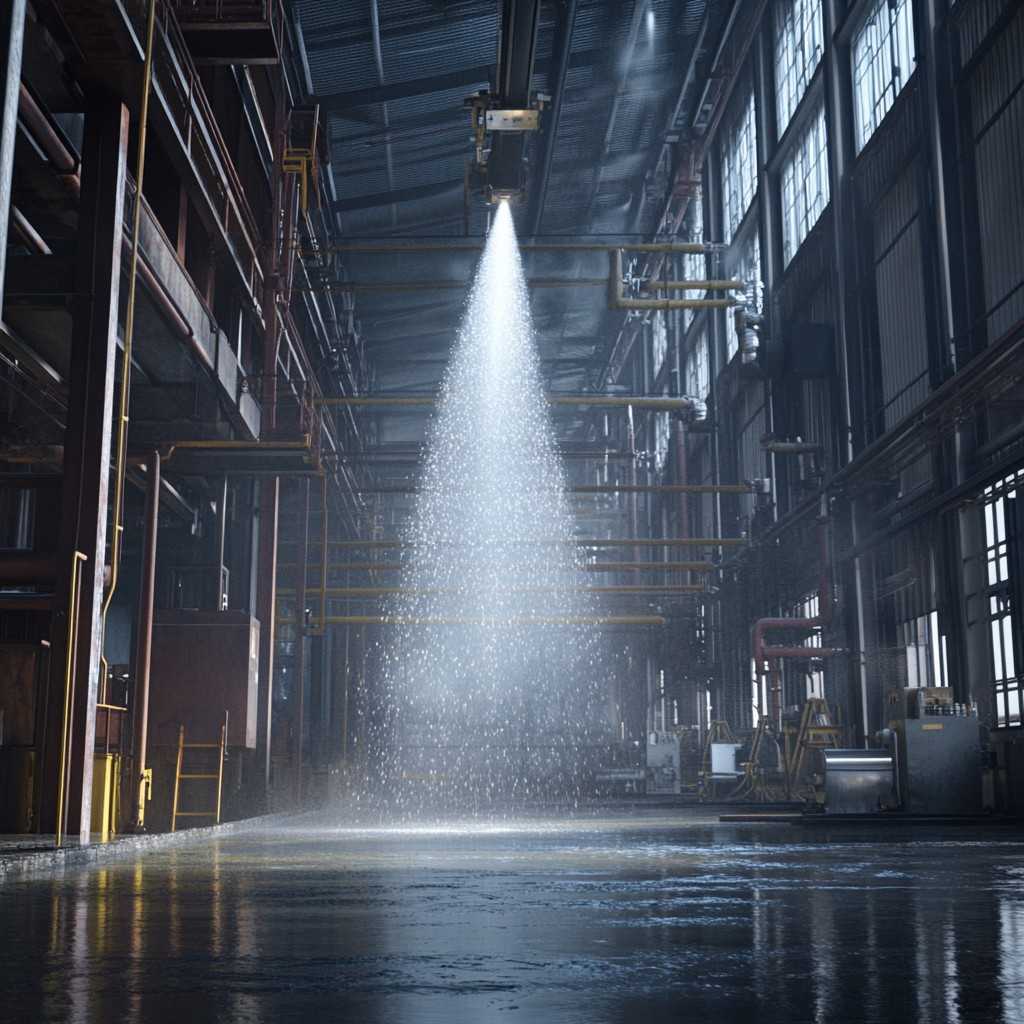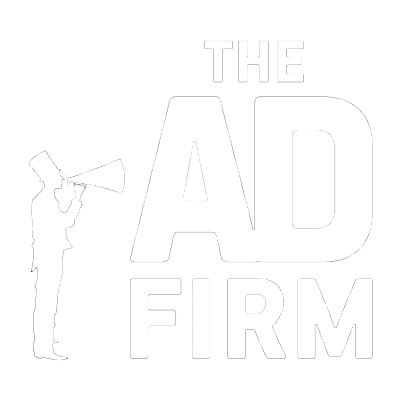Passing your annual fire sprinkler inspection ensures compliance, protects your property, and safeguards lives. A properly maintained sprinkler system reduces fire risks, keeps you aligned with local and national codes, and helps avoid costly penalties or operational disruptions. This comprehensive guide provides actionable steps and expert insights to help property owners confidently prepare for and successfully pass their annual fire sprinkler inspections.
Understanding the Basics of Fire Sprinkler Inspections
Annual fire sprinkler inspections are a cornerstone of any reliable fire protection system. These evaluations ensure your system is functioning optimally, compliant with safety standards, and prepared to respond effectively in emergencies. For property owners, prioritizing inspections reduces fire risks, protects occupants, and safeguards assets from damage while adhering to legal and insurance requirements.
Why Annual Inspections Are Crucial
Annual fire sprinkler inspections are not just procedural but essential for maintaining a safe and compliant property. Each inspection serves several critical purposes:
- Compliance with Fire Safety Standards: Inspections confirm that your sprinkler system adheres to regulatory frameworks such as NFPA 25 and local codes like the San Francisco Fire Code (SFFC). These guidelines are designed to ensure that your system operates reliably when needed. Failure to comply can lead to penalties, legal repercussions, and increased liability.
- Ensuring Safety and Reliability: A properly functioning fire sprinkler system is critical to protecting lives and property during a fire. Inspections verify that all components, from sprinkler heads to water delivery systems, are operational, reducing the risk of malfunction in an emergency.
- Meeting Insurance Requirements: Many insurance providers mandate routine fire sprinkler and alarm inspections to maintain coverage. Neglecting this requirement can result in higher premiums or denied claims in the event of a fire. Regular inspections demonstrate your commitment to risk mitigation, which can positively impact your insurance standing.
- Avoiding Fines and Operational Delays: Inspections help property owners avoid potential fines, reputational harm, or operational shutdowns due to non-compliance. Addressing issues before they escalate ensures smooth operations and avoids disruptions caused by inspection failures.
Investing in annual inspections is not just about meeting legal obligations; it’s a proactive approach to ensuring the safety and protection of your property, occupants, and business continuity.
What Inspectors Typically Look For
Understanding the specific focus areas of an annual fire sprinkler inspection allows property owners to prepare effectively and address potential issues in advance. These evaluations ensure the system operates reliably and complies with fire safety standards.
- Sprinkler Heads: Inspectors closely examine sprinkler heads for signs of corrosion, physical damage, or blockages caused by dust, paint, or debris. Clear, functioning sprinkler heads are essential for effective water distribution during a fire.
- System Pressure and Water Flow: Flow tests are conducted to validate that the system maintains proper water pressure and flow, ensuring adequate fire suppression coverage. This assessment confirms the system’s readiness to perform under emergency conditions.
- Control Valves: Accessibility and operability of control valves are critical. Inspectors check for proper labeling, positioning, and freedom from tampering or obstruction, guaranteeing that valves function correctly during emergencies.
- Alarm System Connectivity: For systems integrated with fire alarms, inspectors assess connectivity to ensure a seamless response when the sprinkler system activates. Proper synchronization ensures timely alerts to building occupants and emergency responders.
- Documentation and Maintenance Records: Inspectors review design plans, maintenance logs, and inspection histories to verify compliance with NFPA 25 and local fire codes. Accurate documentation helps demonstrate that the system has been regularly maintained and is ready for emergencies.
By addressing these inspection points proactively, property owners not only streamline the inspection process but also reduce the risk of disruptions, ensuring their fire sprinkler systems remain in optimal working order. This preparation reinforces both operational safety and regulatory compliance.
Preparing Your Fire Sprinkler System for Inspection
Preparing your fire sprinkler system for inspection is a critical step in ensuring compliance, functionality, and overall safety. A well-prepared system not only helps you pass inspections but also minimizes fire-related risks and operational interruptions. Proactive preparation allows you to address potential issues early, ensuring a smooth and hassle-free inspection process.
Conducting a Pre-Inspection Checklist
A pre-inspection checklist is an essential tool for evaluating the readiness of your fire sprinkler system. Performing these checks thoroughly can reveal minor issues that, if neglected, could lead to inspection failures or operational problems. Here are the key steps to include:
- Inspect for Physical Damage: Examine every component of your fire sprinkler system, including sprinkler heads, pipes, and control valves. Look for signs of corrosion, leaks, cracks, or any visible damage. Even minor issues can compromise the system’s ability to function during an emergency, so address these promptly.
- Clear Obstructions: Ensure all sprinkler heads are unobstructed and free of dust, debris, or paint. Obstructions can prevent proper water dispersion, reducing the system’s effectiveness in extinguishing fires. Regular cleaning is essential to keep sprinkler heads fully operational.
- Test Alarm Functionality: Verify that alarms integrated with the sprinkler system are fully functional. This includes checking for audibility, visibility, and compliance with local fire codes. Functioning alarms are critical for alerting occupants and facilitating timely evacuation during a fire.
- Check Water Supply: Inspect the water supply to confirm that it is adequate and unobstructed. Verify that all valves controlling water flow are operational and that the system maintains consistent pressure. Any interruptions in the water supply could lead to system failure during an emergency.
- Ensure Accessibility: All system components, such as control valves and alarm panels, must be easily accessible. Clear away any barriers, clutter, or obstructions that could impede inspectors or maintenance teams from performing their evaluations or servicing the system.
By conducting a detailed pre-inspection checklist, you can address potential issues proactively, reducing the risk of last-minute repairs or inspection failures. This approach demonstrates your commitment to maintaining a robust and reliable fire protection system.
Addressing Common System Deficiencies
Fire sprinkler systems can fail inspections due to various deficiencies, some of which are unavoidable until corrective work is completed. While routine maintenance helps reduce potential issues, certain deficiencies may still require professional repairs to bring the system back into compliance. Identifying these concerns early ensures timely corrections, minimizing risks and avoiding prolonged non-compliance. Below are some of the most frequent deficiencies and how to resolve them effectively:
- Expired or Recalled Sprinkler Heads: Fire sprinkler heads have a defined lifespan, typically ranging from 20 to 50 years, depending on the manufacturer and type. Some models may also be subject to recalls due to design defects or performance concerns. Regularly inspect and replace outdated or recalled sprinkler heads to ensure compliance and reliability.
- Corroded Components: Corrosion weakens system components such as pipes, sprinkler heads, and valves, leading to leaks or reduced effectiveness. Signs of corrosion include rust, discoloration, and pitting. Regularly inspect the system for corrosion and replace any compromised parts to maintain system integrity.
- Blocked Sprinkler Heads: Paint, dust, or debris accumulation on sprinkler heads can obstruct water flow, reducing the system’s ability to control or extinguish fires. Ensure sprinkler heads remain clear by cleaning them periodically and keeping surrounding areas free from obstructions.
- Improper Signage: Clearly labeled system components, including control valves and alarm connections, are essential for compliance with local fire codes. Ensure all signage is legible, accurately placed, and securely affixed to assist inspectors, maintenance teams, and emergency responders.
- Valve Tampering: Control valves must be secured and correctly positioned to ensure the sprinkler system operates as designed. Inspect valves regularly to verify they have not been tampered with or inadvertently closed, as this can disrupt water flow and compromise the system’s performance.
By addressing these common deficiencies ahead of time, you ensure that your fire sprinkler system meets the required standards and functions effectively during an emergency. This proactive approach not only improves the likelihood of passing inspections but also reinforces the safety and reliability of your fire protection system.
Ensuring Peace of Mind with Expert Fire Protection Services
Passing your annual fire sprinkler inspection doesn’t have to be a daunting task. With proactive preparation, routine maintenance, and professional support, you can ensure your system remains compliant, efficient, and ready to protect your property when it matters most. At Aura Fire Safety, we specialize in delivering tailored fire protection services to meet the unique needs of San Francisco businesses and residents.
Our experienced team offers comprehensive fire alarm inspections, fire sprinkler system maintenance, and fire alarm system design to ensure your property stays safe and compliant with local and national standards.
Contact Aura Fire Safety today to schedule your fire sprinkler inspection or to learn more about our full range of fire protection services. Let us help you safeguard your property, ensure compliance, and achieve peace of mind.




 The Ad Firm
The Ad Firm